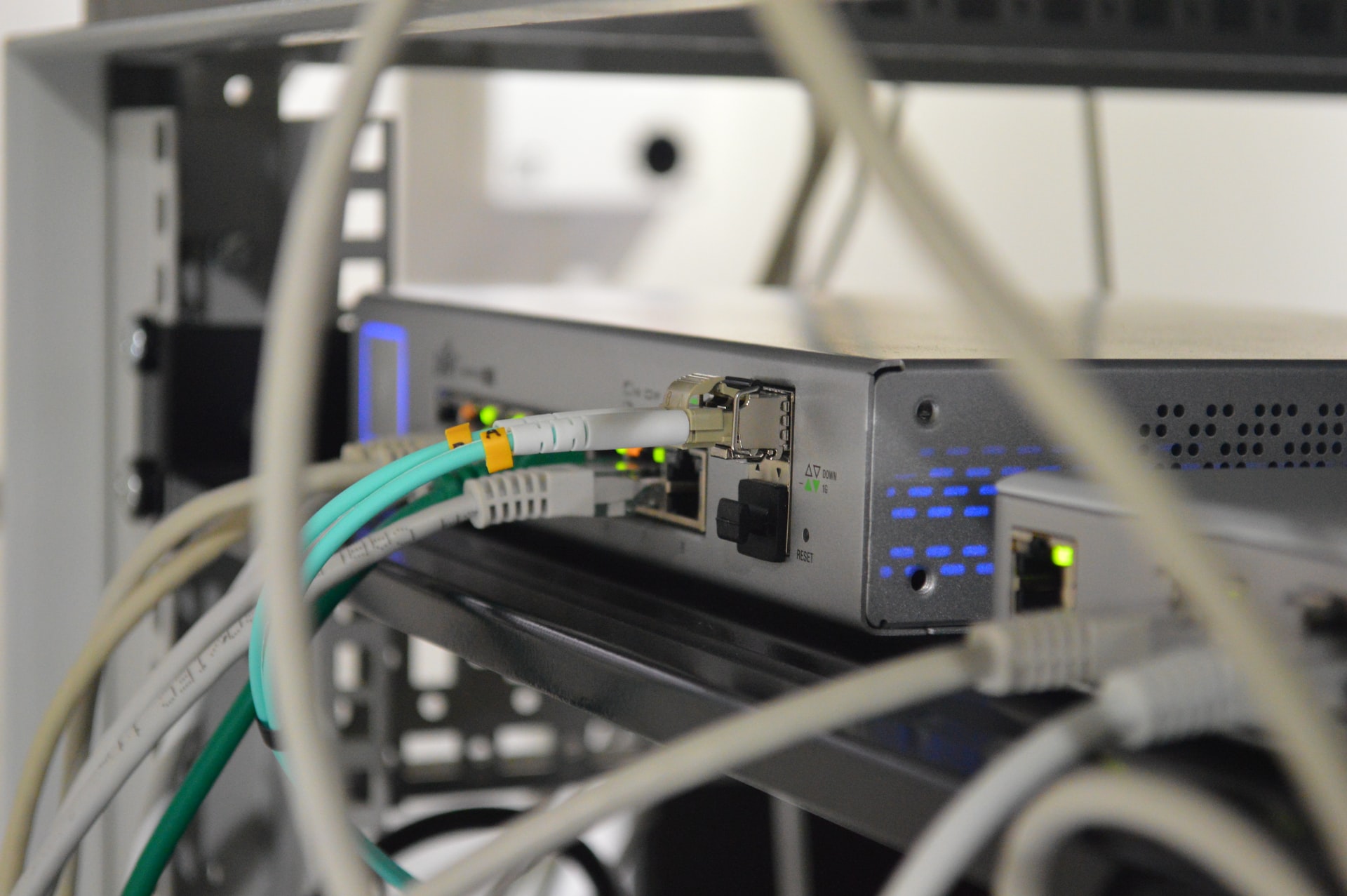The work of an aviation technician is vital to the safety of pilots and their passengers. The job of an aviation technician is to keep aircraft in top-notch condition by performing routine maintenance and repairs and ensuring that everything on the plane is safe for flight.
Worried about training, this is what Universal Technical Institute trainers say about aviation training, “Learning the craft can be challenging, so having the right training is important. This is a very hands-on career, so choosing a program that offers hands-on training in a lab environment can be very beneficial.”
Safely and Efficiently Handle Aircraft
The last thing you want to do is damage an airplane that’s worth millions of dollars. For example, when you tie down a plane, it needs to be tied down correctly. If not tied down correctly, the aircraft could potentially fall over and cause serious damage. It’s critical that you know what kind of force is needed to safely tie down the aircraft by checking its weight, the center of gravity and balance first.
You should also be careful with the center of pressure since it can affect how well an airplane flies if it isn’t positioned properly on takeoff or landing.
Inspect Parts and Systems
You will be responsible for inspecting aircraft parts and systems. You’ll be looking at everything from the smallest bolts to the largest engines, checking them for defects and wear-and-tear. The objective is to ensure that no single part or system poses a risk to passengers, crewmembers, or other aircraft.
You’ll use tools such as flashlights and mirrors to inspect different parts of the plane, both inside and out. You may need to remove some parts of the plane in order to get a better view of others (like removing an engine cover so you can inspect its inner workings).
You’ll also need to inspect the plane for damage, corrosion, cracks, and leaks. You’ll check the fuselage and undercarriage of the plane for signs that it has been struck by objects while taxiing on the ground. You’ll also use a magnifying glass to look at rivets and screws that may have corroded over time.
Complete Required Documentation
The next thing you’ll need to do is complete any required documentation. For example, if you find a problem with an aircraft part and replace it, then you have to document that in the maintenance logbook. The documentation ensures that the status of parts on your aircraft is tracked properly so that you know whether or not they’re working properly. Documentation is also used for tracking the status of aircraft mechanics, who can be assigned tasks by supervisors.
You don’t have to be an expert to do this job. In fact, many aviation technicians don’t even know how to read schematic drawings. They just need to know how the system works and what documentation needs to be filled out for maintenance purposes.
Communicate With Pilots and Other Mechanics
In the aviation industry, communication is key. You must communicate with pilots and other mechanics in order to ensure that the aircraft is maintained properly. If you are working on an aircraft, you must communicate with the pilot, so he or she knows what needs to be done before takeoff. You also need to communicate with other mechanics because they may be working on repairs for another aircraft and cannot leave until those repairs are completed.
If you are someone aspiring to become an aviation technician, enrolling in an aviation maintenance program at a reputable aviation school is the first step to making your dream come true.
We hope that you now have a better understanding of what it’s like to work as an aviation technician. If you have any questions about this career or are interested in pursuing it yourself, please contact us!



